Henry Cow’s “Western Culture”
I wanted to jam screwdrivers into my ears the first time I listened to Henry Cow’s album Western Culture. I remember hearing the first 10 seconds, then my jaw dropping and my eyes bulging out of my face. It was the worst music I’d ever heard. But like a good road rage video on YouTube, I couldn’t turn it off. This was a different kind of “music” and I just didn’t understand it. My gut told me there was more going on than I could appreciate but my ears told me to turn it off immediately, as my wife continues to do every time she hears Henry Cow.
My only exposure to the band was through their song “Nirvana for Mice,” which is fairly accessible and melodic. I knew they were a weird band and that their mascot was a knitted sock on the cover of several of their records. What I didn’t know is that they were out of their minds, fiercely rebellious, and deep, deep into music theory. My good friend Jake, who has a music degree, explained a bit of what Henry Cow was doing and that knowledge was the key to unlocking my true appreciation for this album.
Western Culture contains two pieces of music with several movements. The first piece, History and Prospects, is a brutal beating of various atonal motifs ending with a hypnotic and nauseating dirge. The second piece, Day by Day, is more like Chinese water torture complemented by one of the most incredible piano solos I’ve ever heard. I’ve listened to this solo several times and I legitimately cannot figure out how a human played it.
This album was a jaw-dropper for me in three ways:
Because it has the most courageous opening minute of any album I’ve ever heard.
Because learning how to listen to this album permanently changed the way I listen to music.
It helped me to realize that sometimes music isn’t “good” or “bad,” but something I understand or something I don’t.
If you’ve never heard Henry Cow before, I recommend reading the very thorough Wikipedia page about their history and their approach to music. It’s enlightening, encouraging, and thought-provoking. They were a group of women and men with skin in the game. They did everything they could to avoid routine music performance. They changed how they approached their instruments. They kicked members out in the middle of touring just to shake things up.
Believe it or not, this album is very listenable to me now. I actually really love it. A lot of it is singable if you can pick out the different motifs. If you’ve never heard it, take 40 minutes and listen with a very open mind. If you’ve heard it and hated it, ask a friend with a music degree to help you hear what you aren’t hearing. It’s not an easy album and it will enrich your life.
